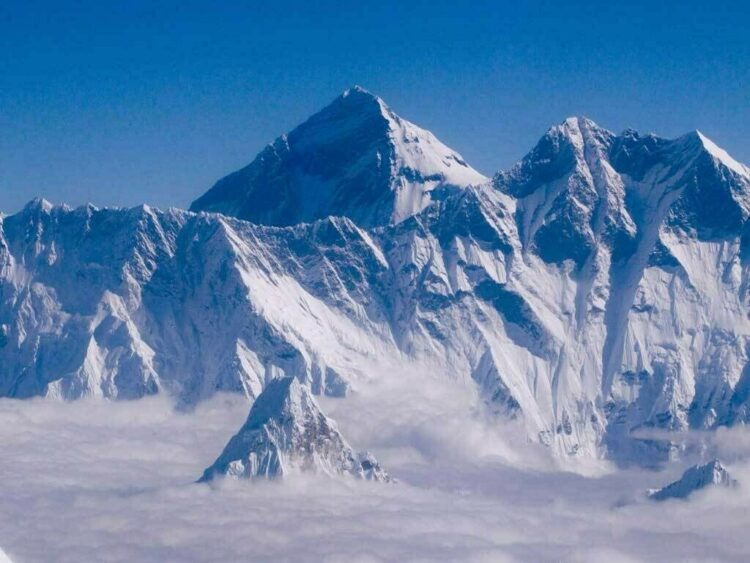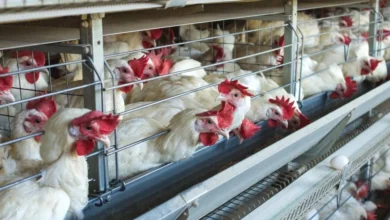Record Everest Season Among the Most Perilous Deadly Dreams
Everest climbing is always risky, but expedition organizers have cautioned that the peak’s worst mountaineering season has been brought on by a mix of harsh weather, disregard for safety, and untrained and “impatient” international climbers.
Expert climbers claim that some of the 17 individuals who were murdered, missing, or assumed dead this season might have been saved from tragedy as the last search and rescue crews hang up their boots and the tent city at base camp closes for the year.
“This season was very bad overall,” said Mingma Gyalje Sherpa, expedition leader from Imagine Nepal Trek and Expedition, whose group was in charge of clearing the path to the top.
“The weather was extremely cold, but there was also carelessness,” said the speaker.
Previous seasons have higher fatality tolls, but those totals comprised several victims of a single large-scale calamity.
After an avalanche claimed the lives of 16 Nepali guides in 2014, climbing was prohibited for the remainder of the season.
The worst season occurred in 2015, when an earthquake in Nepal claimed about 9,000 lives and left at least 18 people dead.
Twelve persons have passed away and five more are missing this season.
Ten of them were foreigners, the largest number ever, while seven Nepalis—guides, mountain laborers, and a climber—made up the remaining victims.
On the oxygen-starved trails leading to the 8,849-metre (29,032-foot) ice summit, around five climbers every year perish.
Some claim that a disproportionate number of the foreign mountaineers are not ready for what is still a difficult test of body and spirit.
With over 600 climbers and guides reaching the summit this season, Nepal granted a record 478 permits for international customers, leading some to argue that numbers should be reduced.
NINETY-FIVE DEGREES
The mountain, according to the hardy guides, was the coldest they had ever encountered, with the risk increased by freezing temperatures that were far lower than typical.
According to Mingma Gyalje Sherpa, it should have been warm by now, at around minus 28 degrees Celsius (-18.4 degrees Fahrenheit).
This year, the temperature dropped below minus 40.
Extreme temperature swings and drastically altered weather patterns are both results of climate change, but experts advise against making unsupported connections between specific incidents and global warming.
Dawa Tseri, Pemba Tenzing, and Lakpa Rita Sherpa were three members of Mingma Gyalje Sherpa’s route-opening crew who perished after laying down ropes at Camp 2 when a serac ice block crashed and buried them in the Khumbu icefall.
More climbers perished or were missing in the frigid heights as the season went on.
Others who had high-altitude pulmonary edema, in which liquid builds up in the lungs’ air passages, experienced frostbite and infections.
According to Mingma Gyalje Sherpa, several Nepali porters and guides had frostbite early in the season due to the chilly temperatures and strong winds.
That had a domino effect, particularly for outfitting camps at higher altitudes.
“It indicated that Camp 4 was underprepared and that not all supplies got there… but customers were impatient, so climbing started, he claimed.
If all the supplies had been available, “I believe some of the casualties could have been avoided.”
Due to the climbing industry’s fast expansion, there is now intense rivalry among businesses for clients, which has led to concerns that some may be compromising safety.
The bulk of the fatalities, according to Lukas Furtenbach of Austria-based Furtenbach Adventures, might have been prevented “with mandatory safety standards.”
All of these incidents actually follow a similar pattern, according to Furtenbach.
This, along with the theft of oxygen cylinders from a number of teams, including ours, demonstrates one of the major issues this season: oxygen logistics and safety regulations.
‘OVERWORKED’
Even after shelling out at least $30,000 extra for the adventure and a non-refundable $11,000 for a permit, several climbers withdrew this season.
People’s trust was shaken by it. Even the most healthy climber has reservations when they witness people becoming ill, needing rescue, or having their corpses taken down, according to Dawa Steven Sherpa of expedition organizer Asian Trekking.
But Nepali guides—typically Sherpas from the valleys around Mount Everest—who are regarded as the backbone of the climbing business and take great risks to carry supplies, mend ropes, and maintain ladders—were particularly hard hit by the season’s effects.
More personnel was required due to the rising demand for rescues.
In order to save a Malaysian climber from the “death zone” above 8,000 meters, mountain guide Gelje Sherpa, 30, abandoned his client’s Everest attempt and carried the climber down on his back when he couldn’t be pulled.
The Sherpas have had a physically and emotionally taxing year, according to Dawa Steven Sherpa.
The people that remained on the mountain were overworked since some departed and several suffered injuries. Everyone was worn out.







